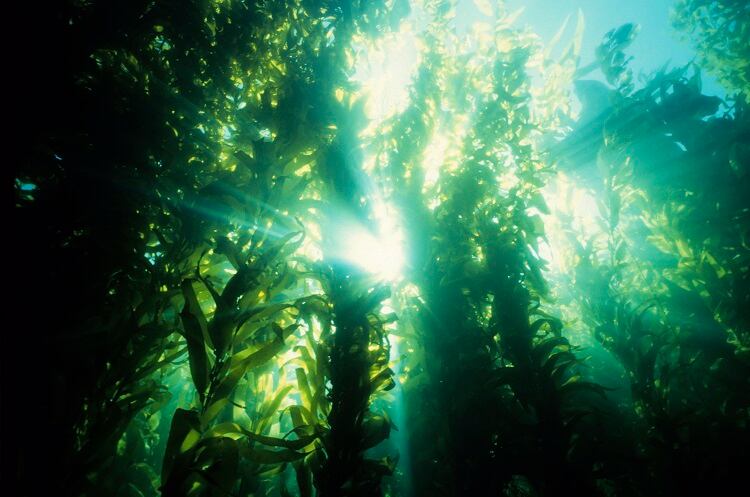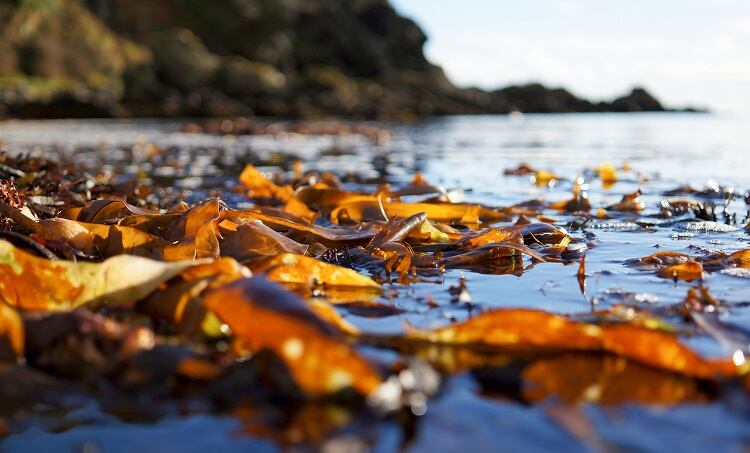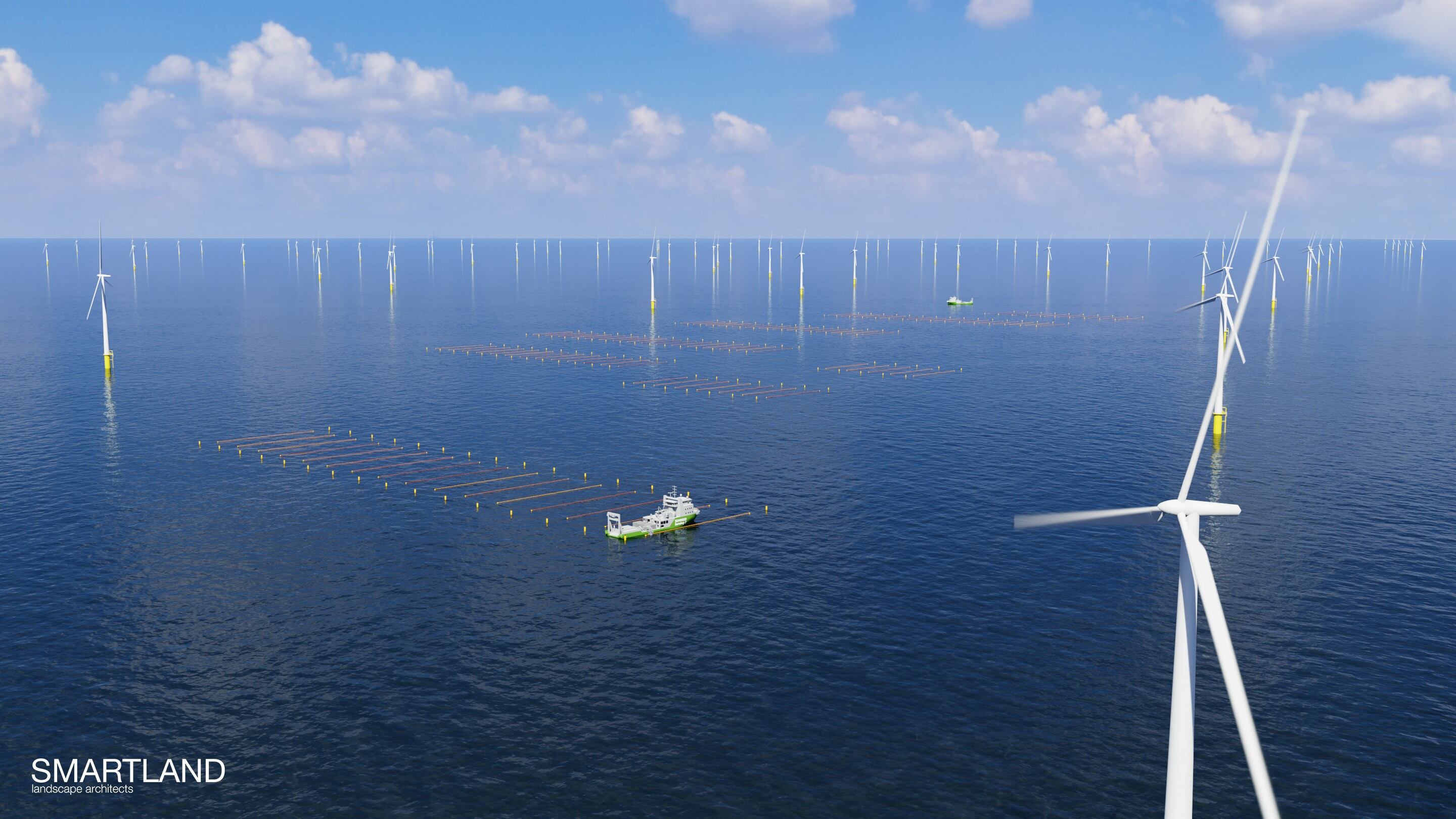With significant consumer preference for quality food and natural products, there is growing demand for microalgae-derived products, like seaweed, they explain.
While there has been a lot of focus on microalgae, mass production is expensive and less economically viable than seaweed, but commercial use of seaweeds for high value purposes, such as bioactive compounds and antioxidants, is less than 1%.
The lack of appropriate technologies has prevented the “leap” from seaweed biomass to functional biomass and the Israeli may help increase commercial interest, given increasing demand, they say.
Lead researcher and PhD student Doron Ashkenazi, explains: “The novelty in the current research is the ability to control and maximize the concentration of specific substances in the seaweed tissue, for example certain polysaccharides, minerals, antioxidants and/or additional valuable molecules, to make the seaweed even healthier, and ideally suited to an application of interest.”
Integrated aquaculture
The team designed an integrated multi-trophic aquaculture (IMTA) technique that combines seaweed with fish cultivation.
IMTA is a sustainable approach commonly used in microalgae cultivation and helps purify the seawater and minimises negative environmental impacts, although it is new and not yet proven in seaweed production.
Three local intertidal seaweed varieties (Ulva rigida, Gracilaria conferta and Hypnea musciformis) were chosen for their high productivity and “special” bioactive attributes. These were cultivated alongside nutrient-rich fish effluents (finfish) and exposed to different abiotic (stressor) conditions, including high irradiance, nutrient starvation, and high salinity.
The idea was “to artificially increase the seaweeds’ metabolism to enhance specific and valuable antioxidant and photoprotective biomaterials”, thereby creating the ideal growing conditions to accelerate biosynthesis, encourage high yields and nitrogen (N) production, and support chemical defence mechanisms in times of stress.
“We developed optimal cultivation conditions and invented a new and clean way to increase the levels of healthy natural bio-active compounds in seaweed to an unprecedented level,” says Ashkenazi.
“Moreover, seaweed aquaculture and seaweed biomass production are environmentally friendly, preserving the ecological balance, and reduces environmental risks by minimizing excessive amounts of anthropogenic nutrients and other pollutants, reducing the emission of greenhouse gases, and lowering the carbon footprint, eventually helping to cope with global environmental challenges.”
High productivity
The technique was found to double levels of bioactive compounds, such as antioxidants; triple natural sunscreen concentrations, and increase protective pigments by ten-fold.
“Under the high nutrient concentrations, together with sufficient solar radiation, and / or high salinity shock, the total content of mycosporine-like amino acids (MAAs), pigments, and phenolic compounds, as well as their antioxidant capacity and SPF, can be stimulated significantly by several hundred percent,” the authors state.
The resulting, enriched seaweed biomass (or ‘super-seaweed’) could be consumed raw, as a healthy seaweed snack, used as a spice in cooking, or in seaweed-derived antioxidant products, such as tablets or food supplements, Ashkenazi says.
“They are also an important ingredient in the industry as gels and thickeners, special polysaccharides, for example agar, carrageenan and alginates. Additionally, the seaweed pigments and special UV-blocking compounds could be utilised for the production of natural sunscreens and skincare products.”
Long-term outlook
Over the long-term, the aquaculture approach could be manipulated even further to boost bioactive concentrations to increase antibiotic, anti-inflammatory, anti-diabetic, and anti-cancer properties, according to Ashkenazi.
He adds: “The study demonstrates, in a practical manner, how we can enjoy nature services without harming it. Just as the ‘seaweed’ suggest, we can learn from nature how to preserve it, and thus live and prosper alongside it.”
Source: Marine Drugs
'Enhancing Bioproducts in Seaweeds via Sustainable Aquaculture: Antioxidant and Sun-Protection Compounds'
Published 7 December 2022
DOI:https://doi.org/10.3390/md20120767
Authors: Doron Yehoshua Ashkenazi, Felix L. Figueroa, Avigdor Abelson et al.



